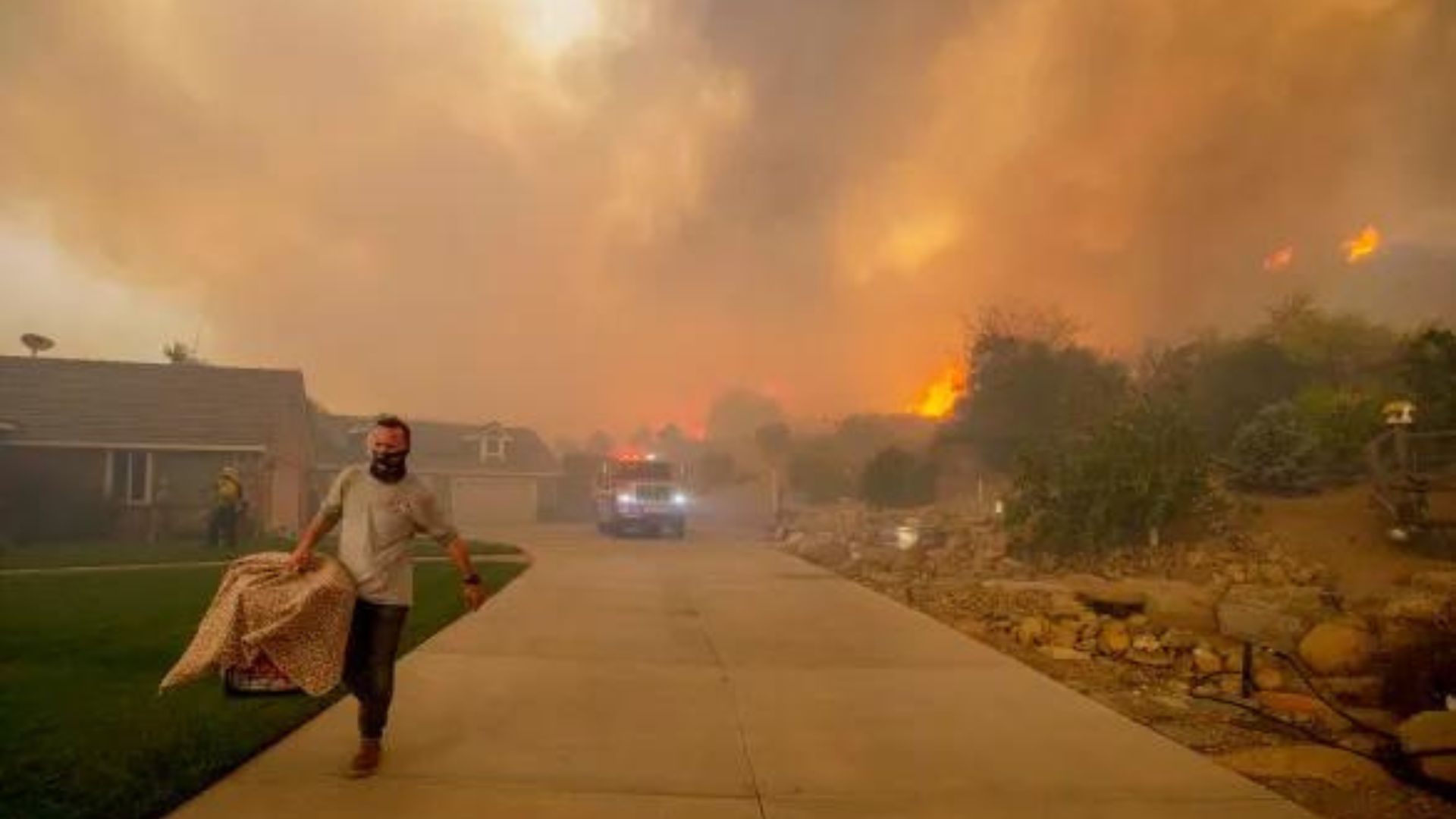Despite efforts to improve air quality, a staggering 99% of the world's population remains exposed to unhealthy air, surpassing World Health Organization limits for pollutants. While some regions have made strides in combating pollution, others face the risk of worsening air quality.
In the United States, over 25% of the population is exposed to air deemed "unhealthy" by the EPA, with projections indicating a significant increase in unhealthy days by 2050, including a rise in hazardous air pollution levels.
In the Asia Pacific region, a staggering 92% of the population, totaling about 4 billion people, faces the looming threat of air pollution.
Individuals in Bangladesh, deemed the world's most polluted country, face a staggering loss of 6.8 years of life on average per person. In contrast, those in the United States experience a comparatively lower impact, with an average loss of 3.6 months.
Role of Wildfires
Wildfire smoke, a significant contributor to air pollution, presents a growing threat. Studies show that wildfires, intensified by climate change, have reversed decades of progress in air quality, with regions like the western US experiencing notable declines due to wildfire smoke.

Wildfire smoke poses grave health risks, particularly to vulnerable populations such as individuals with respiratory conditions and infants. The toxicity of wildfire smoke can severely impact lung function and immune health, even at considerable distances from the fire source.
Air Pollution's Effects on Mental Health
Mounting evidence suggests that air pollution not only harms physical health but also mental well-being. Prolonged exposure, particularly in disadvantaged communities, correlates with impaired cognition, academic performance, and increased crime rates.
New research reveals that exposure to polluted air has profound effects on the brain. Individuals inhaling polluted air are at a higher risk of developing mental health issues compared to those breathing clean air.
Air Pollution and Metabolism
Researchers are exploring links between air pollution and metabolic disorders such as obesity and type 2 diabetes. Studies indicate that pollutants like PM2.5 may disrupt metabolic processes, contributing to weight gain and related health issues.

Increasing evidence indicates that air pollution impacts the process of lipid metabolism and contributes to dyslipidemia. Lipid metabolism refers to the biochemical processes involved in the body's handling of fats (lipids), including their absorption, synthesis, storage, and breakdown. Dyslipidemia refers to an abnormal lipid profile characterized by imbalances in cholesterol and triglyceride levels, which are risk factors for cardiovascular diseases.
Impact on Olfaction
Toxic air pollutants can degrade the sense of smell, with studies showing a correlation between air pollution levels and olfactory dysfunction, particularly among older individuals. nflammation triggered by pollution particles can damage olfactory nerves over time.
Studies indicate that exposure to toxic air pollutants can damage olfactory nerves, leading to anosmia (loss of smell). Research findings suggest that pollutants like PM2.5 and nitrogen dioxide may trigger inflammation and degrade olfactory function, particularly in older individuals.
Some of the cleanest air in the world can be found in places like Ny-Alesund, Svalbard, Norway, and Cape Grim in Tasmania, Australia. These spots are crucial for studying air quality because they have very little pollution. However, there are concerns about rising methane levels in Ny-Alesund and potential pollutants in Cape Grim, so ongoing monitoring and conservation efforts are important.
Despite widespread pollution, some remote locations offer pristine air quality, serving as crucial monitoring sites for atmospheric research. However, global efforts to combat air pollution must prioritize emission reductions, cleaner energy sources, and wildfire prevention to protect public health.
Addressing the global air pollution crisis requires concerted action at local, national, and international levels. By implementing sustainable policies and embracing clean technologies, we can safeguard both human health and the environment for future generations.